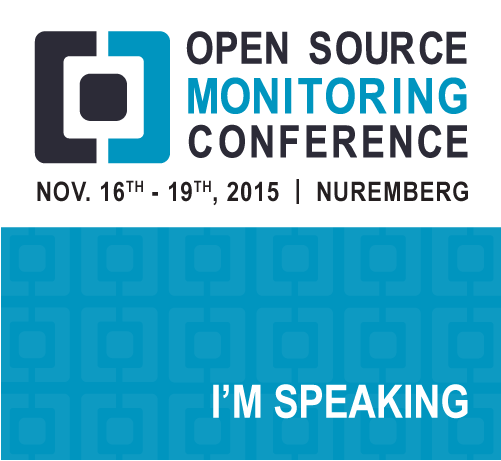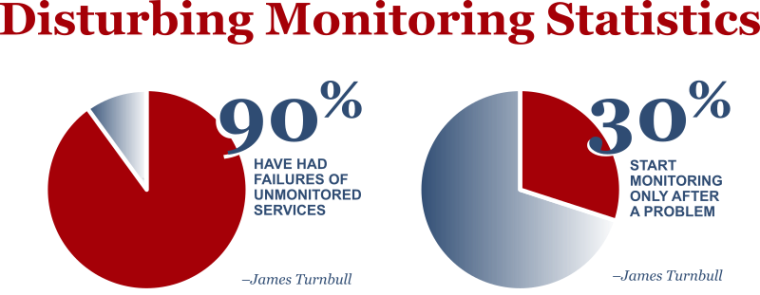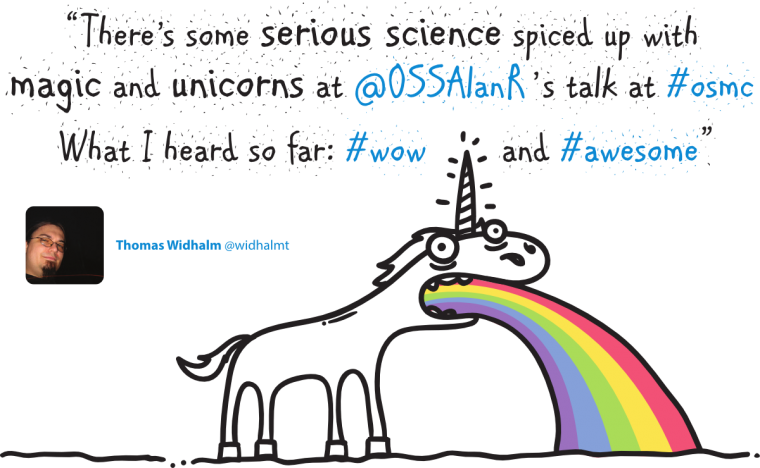Download new Assimilation Release 1.1.0 – Free Trial!

Those of you who’ve been following my blog for a while know something about the Assimilation System Management Suite – how it provides an always up-to-date CMDB, integrated monitoring, continuous security monitoring, and an up-to-date network map – in an incredibly scalable way with near-zero configuration – and how it does all this without setting of network security alarms.
If you haven’t given it a try yet, now is the perfect time – because we just announced version 1.1.0 of the Assimilation Suite, and to celebrate we’re offering a limited number of supported free trials.







